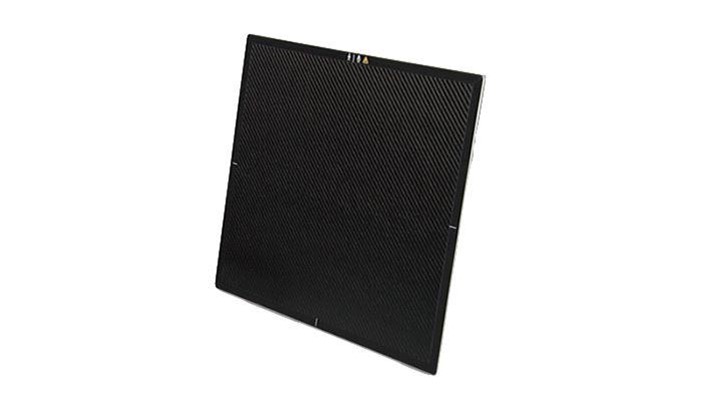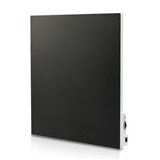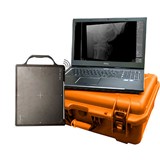GOS or CSI Flat Panel Detector
If you ever came across a situation to choose between CSI and GOS detector, what would you choose?.

Based on a common question that we are always asked; “which detector is more convenient for my practice, the GOS or the CSI detector"
There are two main materials being used as scintillators in the manufacture of these detector panels: gadolinium oxysulfide (GOS) and caesium iodide scintillators (CSI).
CSI detectors have the advantage of higher resolution and less x-ray dosage applied to the patients. You can apply around 10% less dose using the CSI detector and get the same results using GOS detector. On the other hand, the CSI detectors are roughly 20-25% more expensive.
A) X-Ray Dosage:
Does 10% sound like a big number? We can do a quick mathematical equation to understand the effect.
We can say the average common spine exposure is about 1 millisievert (mSv) in dosage. It varies depending on the machine, FOV, patient…. etc.
So, doing the calculations, the 10% more dosage using GOS detector for a single spine x-ray is equivalent to 0.1 mSv
Sounds Good! But what is the annual limit for radiation exposures?
Based on the Australian Government’s primary authority on radiation protection and nuclear safety, the current limit of radiation exposure for an individual is 20 mSv per year averaged over 5 years, and not more than 50 mSv received in any one year.
- 20mSv ˜ 20 spine x-ray exposures using CSI FPD ˜ 18 spine exposures using GOS FPD.
Although we do not have clear numbers about the average dose from CR systems to achieve same GOS results as there are so many factors included but it is on average of 5% - 15% higher.
(20 mSv ˜ 8 CT Head examinations ˜ 3 CT head+abdomen+pelvis examination ˜ 1 PET CT examination).
So, the extra x-ray dosage from the GOS detector for spine x-rays will not be the huge contributor for the patients to reach their annual exposure limit.
Although we proved the differences are minor, we should always strive to make exposures as low as possible following the “As Low As Reasonable Achievable” principle (ALARA).
B) Resolution:
However, the resolution of the CSI detector is slightly better, it is still an advantage that cannot be ignored, even if it can contribute to one more pathological finding for every hundreds or thousands of cases.
Obviously, the CSI detector is a better choice, but because of the budget constraints, whether you are introducing a new digital imaging service or upgrading from a Cassette Reader (CR), this is one step forward towards a better service to the patients and to the community.
"HEDI Tech” is always trying to narrow the gap in price between the GOS and CSI detectors as a minor contribution towards achieving better service to patients.
Feel free to contact us any time for consultation.






-160x160-state_article-rel-cat.png)






-205x205.jpg)



-205x205.jpg)




